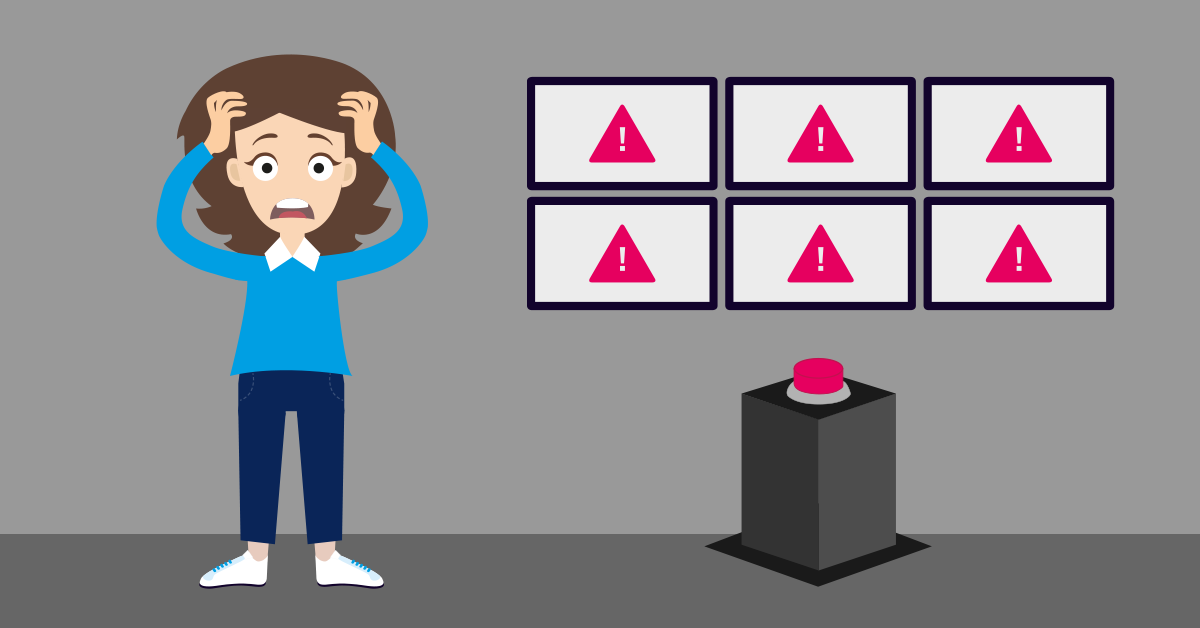For small and medium-sized businesses (SMBs), IT emergencies such as data breaches, hardware failures, and natural disasters can be particularly devastating. The key to minimizing the impact lies in thorough preparation and having a robust response plan in place. This guide outlines critical steps SMBs can take to prepare for IT emergencies, ensuring business continuity and safeguarding sensitive information.
1. Conduct a Risk Assessment
Begin by identifying potential IT emergencies that could affect your business. Assess the likelihood and impact of various scenarios, including cyberattacks, hardware malfunctions, software failures, and environmental threats. This assessment will help prioritize your planning efforts.
2. Develop an IT Emergency Response Plan
Create a comprehensive IT emergency response plan detailing the steps to be taken in the event of different types of emergencies. This plan should include:
- Contact Lists: Include contact information for key personnel and external partners, such as IT support services, cybersecurity experts, and legal advisors.
- Response Procedures: Outline specific actions for different scenarios, ensuring everyone knows their roles and responsibilities.
- Communication Plans: Develop protocols for internal and external communications, including how to notify employees, customers, and stakeholders.
3. Implement Data Backup and Recovery Solutions
Data is the lifeblood of any business. Implementing a robust data backup and recovery strategy is crucial for minimizing data loss during IT emergencies.
- Regular Backups: Schedule regular backups of all critical data, using the 3-2-1 backup rule as a guideline.
- Offsite and Cloud Storage: Store backup copies in offsite locations or utilize cloud storage solutions to protect against physical disasters.
- Recovery Testing: Periodically test your data recovery process to ensure you can quickly restore data when needed.
4. Strengthen Cybersecurity Measures
Protecting your business from cyber threats is an ongoing process. Strengthen your cybersecurity posture by:
- Updating and Patching: Regularly update software and systems to protect against vulnerabilities.
- Employee Training: Educate employees on cybersecurity best practices, including recognizing phishing attempts and securing their devices.
- Advanced Security Solutions: Implement firewalls, antivirus software, and endpoint protection. Consider engaging a managed IT service provider for comprehensive security coverage.
5. Invest in Redundant Systems
Reduce the risk of hardware failures disrupting your operations by investing in redundant systems. This can include having backup servers, network equipment, and power supplies ready to take over in the event of a failure.
6. Plan for Physical Emergencies and Disasters
Prepare for natural disasters and other physical emergencies by:
- Securing Physical Assets: Ensure critical hardware is protected from environmental threats.
- Emergency Supplies: Maintain a supply of emergency items, such as generators, flashlights, and first aid kits.
- Evacuation Plans: Develop and communicate evacuation plans to all employees.
7. Review and Update Your Plan Regularly
IT emergency preparedness is not a one-time task but an ongoing commitment. Regularly review and update your emergency response plan to reflect new risks, business changes, and lessons learned from past incidents.
How DotNot Can Support SMBs in IT Emergency Preparedness
DotNot offers a range of services designed to help SMBs prepare for and respond to IT emergencies:
- Risk Assessment and Planning: Our experts can help identify potential IT risks to your business and develop a tailored emergency response plan.
- Managed IT Services: From data backups and recovery to cybersecurity solutions, DotNot provides comprehensive IT support to protect your business.
- Training and Awareness Programs: We offer training for your staff on cybersecurity awareness and emergency response procedures.
- 24/7 Monitoring and Support: With round-the-clock monitoring, DotNot can quickly identify and respond to IT emergencies, minimizing downtime and data loss.
Conclusion
Preparing for IT emergencies is essential for safeguarding SMBs against the unexpected. By taking proactive steps to assess risks, develop response plans, and implement protective measures, businesses can ensure they are well-equipped to handle any IT crisis. With DotNot’s expertise and support, SMBs can enhance their resilience, maintaining continuity and security in the face of challenges.




